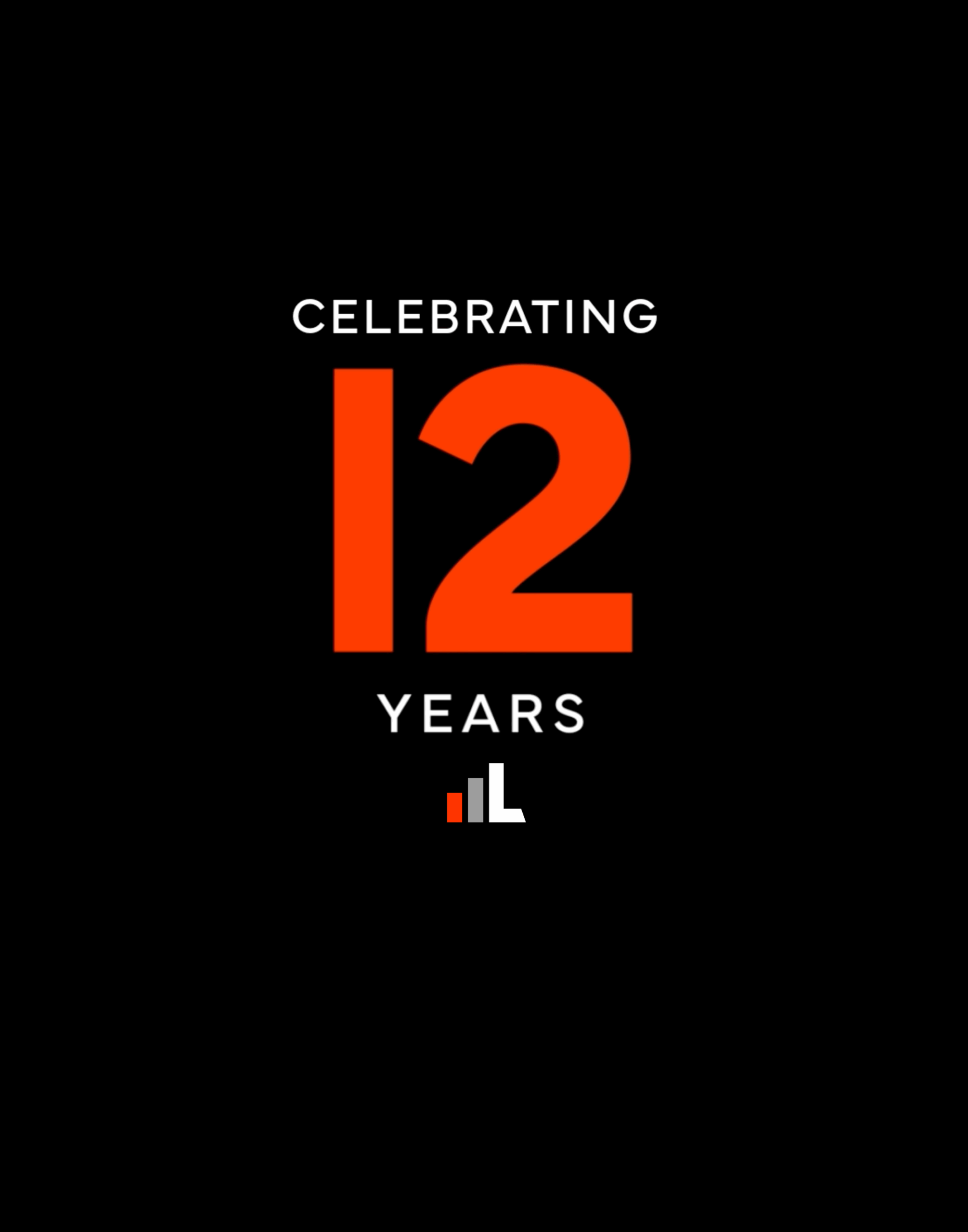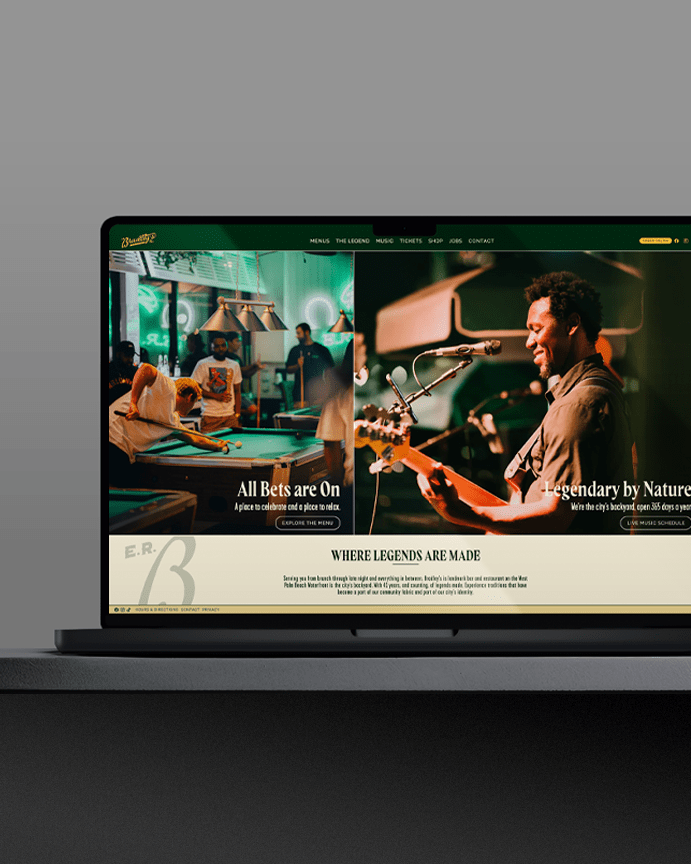
West Palm Beach Digital Agency Lincoln Digital Group Reflects Upon Nearly a Decade of Operating a Remote Model — and How it Can Help Your Business
By now, you’re likely aware that COVID-19 is substantially disrupting how the global workforce assembles, communicates and performs its work on a daily basis. The virus has caused, and is causing, many companies to instruct their teams to “work from home” — in other words, remotely.
For businesses that are inexperienced operating remotely — as many now seem to be — this can lead to significant challenges and questions.
Lincoln Digital Group has been consistently operating a remote model since 2013, utilizing it to lead and manage a multi-dimensional team from South Florida to Washington State. Because of this experience, I believe there are numerous fundamentals, tips and insights that we can share from our experience in order to help others make the best of an unprecedented business challenge.
Fundamentals of Effective Remote Work
Let’s start with the fundamentals, which affect how people approach their workday.
1. It doesn’t matter where you’re physically located. You are at work.
In the early days, before working remotely was more common, people would often ask me questions like “how do you not just watch HBO or do stuff around the house all day?”
Personally, I never viewed that as an option. Why? Because I was at work.
Regardless of where the work occurs, responsibilities and commitments do not disappear; you are still being compensated to fulfill duties and needs. And because of that, I highly recommend everyone starts their remote work with the mindset of “I will not do anything at home that I would not do in front of my supervisors.”
This mindset may take time to adjust to and definitely requires some mental will power to fight temptations, but if you use that mindset as your foundation, remaining focused and engaged becomes easier.
2. Organize your day into segments
For the inexperienced, working remotely can initially seem unstructured or easily susceptible to distractions. Over the past few years, I’ve found that a daily schedule of how I spend my time keeps me focused and working urgently, so that even when I’m feeling slightly distracted or unsure about what to work on next, my time buckets snap me back into focus.
Below is my actual “daily time segment” schedule, and it helps me stay on-track immensely. I can almost guarantee if you adapt and tailor this for your needs, you will immediately feel more focused working from home:
- 8:30-10 Strategic
- 10-10:30 Tactical
- 10:30-12pm Sales + Strategic
- 1-2:30 Strategic
- 2:30-3:15 Tactical
- 3:15-5:30pm Sales + Strategic
As you can see, my day as a CEO is revolves around three different functions (strategic time, tactical time and sales time), but everyone’s time segments will be different depending on their role.
For instance, creatives may setup their day to alternate between inspiration / research and production. Developers may setup their day to include different times for production, de-bugging and QA. And project managers may have planning, execution and client communication as three separate time segments as well.
While time management is a large (separate) topic worthy of more attention, what matters most for this particular purpose is that you have a guide to work from on a daily basis, so that you know what specific aspect of your responsibilities to be working on at any given time.
Tools and Tactics for Productive Remote Work
3. Implement a collaboration tool built to support all aspects of remote work
As difficult as this may be to believe in 2020, many companies do not have centralized project management or communication tools that can be accessed remotely by their team. Despite the fact that such tools are part of any prudent contingency or disaster plan, there are myriad productivity and management benefits to utilizing such tools for remote work.
Our first project management tool in 2013, Podio, brought our entire team together in one virtual “office” – projects, tasks, and 1 to 1 as well as 1 to some/many chat options all facilitated easy communication and collaboration for everyone involved to address in writing.
By 2018, we found that file storage, task status and feedback loops were growing in importance, and moved to another tool called Monday to better support those needs.
The most immediate benefits to utilizing such a tool are reducing email use, and making file storage / continuity much easier than trying to track down attachments or accessing your office workstation remotely for long-forgotten-about files.
If you want to streamline your workday and increase your efficiency, invest in one. Many are free to start, and not only will you be thankful you have one now during the outbreak, but you’ll also see tremendous benefits once things return to normal — and the experience of using one will be nearly invaluable.
My three primary tips for selecting the right project management tool are as follows:
Get it “into the wild”: The best way to know if it’s right for your business is by having your team use it to fulfill actual, existing tasks. Free trial periods enable fast uptime to get your team to the “real world” dashboard of the tool. And what better way to know if it’s right for you then to break it before you actually commit to it?
Get your team involved: Once your team begins actively using the tool to fulfill actual needs, seek feedback from them early and often. Your goal is to get as much real feedback with as little time investment as possible, so that you can pull the plug and switch to another with minimal loss, if needed.
Grow into it: Pick a tool that you can envision working for your company over the next 4+ years. It’s OK if it does more than you need today, if you believe you could benefit from it down the road. These are robust tools that require time and training to configure to your ideal preferences — and that’s not something you want to be doing every few years or less.
4. Morning Huddles with Senior Team Members: Given the capabilities of modern remote work tools, verbal communication can easily fall by the wayside. In 2017, I sensed this happening within our agency, and knew it could ultimately harm our collective focus or understanding of the day’s priorities.
My solution was to implement a brief (ie. less than 15 minutes) morning phone “huddle” on a daily basis — with senior team members only. These calls not only help us “feel” closer together and on the same page, they’re also highly productive and efficient for spotlighting current priorities, briefing new developments, and having “big picture” discussions on creative work or projects.
Since only myself and our Directors are on the call, our huddles are brisk and crisp. The structure and timing of the call (at the start of the day) also enables our senior leaders to transmit any key information to their direct reports in a timely and clear manner immediately afterward.
Sometimes, there’s simply no substitute for actually speaking with someone. With this approach, you’ll enjoy many benefits of the face to face conversations you used to hold in the office — except they’re streamlined and regimented for greater efficiency.
5. Internal Productivity Reporting: In a remote workplace, it’s impossible to practice “management by walking around.” There’s no opportunity to see your team hard at work — or worse, slacking off — with your own two eyes. And that can be a serious concern for many business leaders.
To help both measure productivity and hold our team accountable, I created an internal productivity spreadsheet that collects the following data points for each aspect of our business (media, creative, projects) on a weekly basis:
- Total capacity (in either hours or projects)
- Utilized capacity
- On-time delivery %
- Avg. backlog time
- # Re-works
- # Rejects
- # Waste
With these data points, I’m able to maintain a clear pulse on how we’re doing week after week, and where we may be particularly excelling or falling short.
Sure, I’m not actually there watching the work take place, but ultimately, I don’t need to because of this report. To lead an effective remote workforce, you need to measure the quality and quantity of your work. The data collected on this weekly report helps me do exactly that, especially when analyzing our recent performance trends — the same way you likely would in an office environment.
Remote Work Isn’t Going Away, Ensure Your Company Isn’t Either
Regardless of what ultimately transpires with the novel coronavirus outbreak, the remote work model is unlikely to go anywhere. And while a change of this magnitude can initially seem scary or negative, many business leaders believe remote work represents the future of how the world will conduct business. Further, it’s entirely likely adoption will accelerate once businesses begin to experience its benefits first-hand. While today’s conditions may not seem conducive to a planned, managed and optimized roll out, they do offer plenty of opportunities for real world experience with this different that can better prepare you for the future.
My hope is that the tips above not only help prepare your business for a productive remote work environment, but that they help facilitate business as usual, given our experience making it a “usual” part of our business since 2013.
I welcome your thoughts in the comments.


